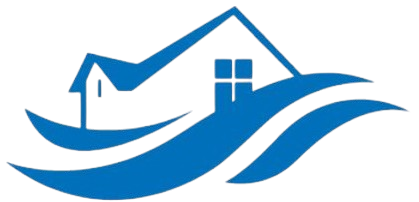Wet Insulation Removal Services in Seaside, California
Possible Causes of Wet Insulation in Seaside
Water intrusion is one of the primary reasons insulation becomes wet or saturated in this coastal region. Leaking roofs, damaged plumbing, or compromised windows can allow moisture to seep into walls and ceilings, affecting the insulation. Over time, this excess moisture not only reduces the insulation’s effectiveness but also creates an environment conducive to mold growth and structural damage.
Another common cause involves flooding or plumbing failures during heavy rains or storms that are frequent in the area. When floodwaters infiltrate basements or lower levels, they can quickly saturate insulation materials, leading to significant water damage. If not addressed promptly, these issues can escalate, causing long-term problems that are costly and complicated to repair.
How Our Experts Fix Wet Insulation Issues
Our team begins with a thorough inspection to assess the extent of water damage and identify the source of moisture intrusion. Using advanced moisture detection tools, we pinpoint affected areas to ensure no hidden wetness is overlooked. Once identified, we carefully remove all saturated insulation, minimizing disruption to your home’s structure.
Post-removal, we focus on thorough drying and sanitization. Our professional-grade equipment accelerates drying times and prevents mold growth, which can develop in damp conditions. We also inspect the surrounding areas to ensure the moisture problem is fully addressed, preventing future issues.
After the insulation is properly dried and cleaned, our team guides you through the best options for replacement. We recommend high-quality, mold-resistant insulation materials suited for your specific environment. Our experts handle the installation efficiently, restoring your property’s energy efficiency and safety.
Why Choose Us for Wet Insulation Removal
We pride ourselves on providing reliable, quick, and effective water damage restoration services. Our team of certified technicians has extensive experience in dealing with all types of water-related insulation problems within this coastal area. We understand the unique challenges presented by seaside weather and moisture levels.
Customer satisfaction is our top priority. We approach each project with professionalism, transparency, and dedication. From the initial assessment to the final installation, we ensure clear communication and a seamless experience. Our prompt response times mean less waiting and quicker restoration for your home or business.
Choosing us means selecting a local provider with deep knowledge of the area’s specific water damage issues. We utilize advanced technology and proven methods to protect your property from ongoing moisture problems. To learn more or schedule service, call us today at (888) 884-7150.
Frequently Asked Questions
How do I know if my insulation is wet?
If you notice unexplained damp spots, mold growth, or a musty odor in your walls or ceilings, your insulation may be wet. Moisture meters can help identify hidden wetness. If in doubt, contact our experts for an inspection.
Can wet insulation cause health problems?
Yes, saturated insulation can promote mold and bacteria growth, which may lead to respiratory issues and allergies. Removing wet insulation promptly helps maintain a safe indoor environment.
How long does the insulation removal process take?
The duration depends on the extent of water damage. Typically, the removal and drying process can be completed within one to three days. Our team works efficiently to restore your home as quickly as possible.
Is it necessary to replace all insulation after water damage?
Not always. Our specialists assess the severity of damage and rely on moisture testing to determine if salvageable insulation can be dried and cleaned. Usually, heavily saturated or mold-contaminated insulation requires complete replacement.
What can I do to prevent wet insulation in the future?
Regular home maintenance, such as inspecting roofs and plumbing, fixing leaks promptly, and ensuring proper drainage around your property can reduce the risk. Our team can also recommend moisture barriers and other preventative measures to protect your insulation.
